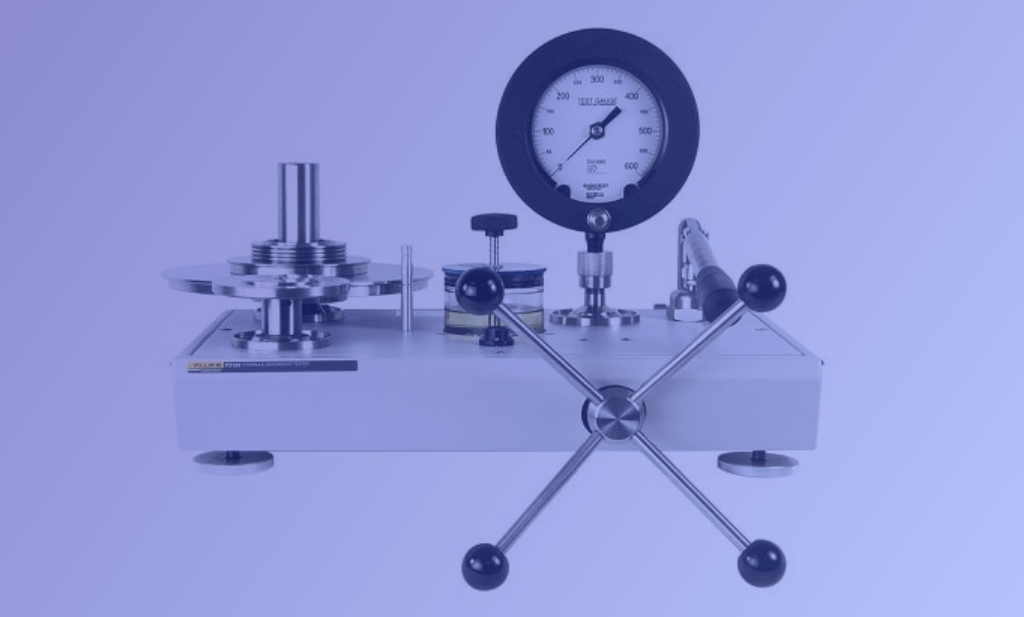What Are the Different Functions of Each Hydraulic Pressure Level?
Hydraulic pressure is a crucial source for manufacturers to create pressure consistently across a closed system, but it’s necessary to understand the diverse uses for different pressure ranges. Hydraulic systems may be employed at low pressures in the tens and










